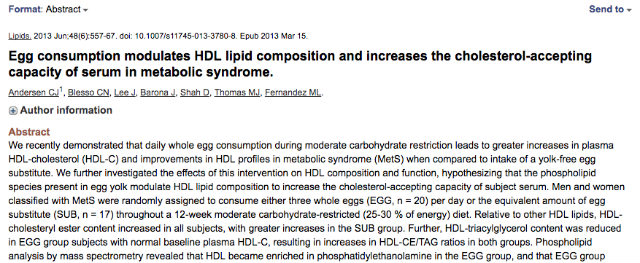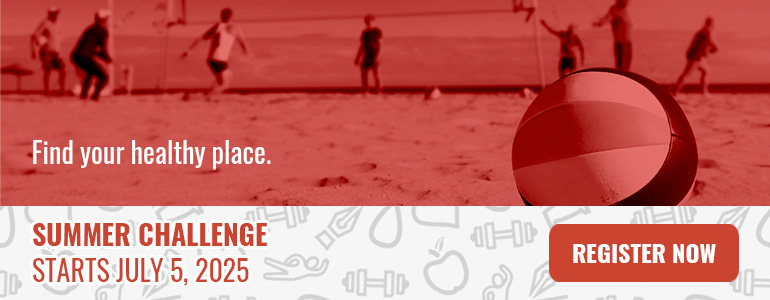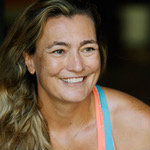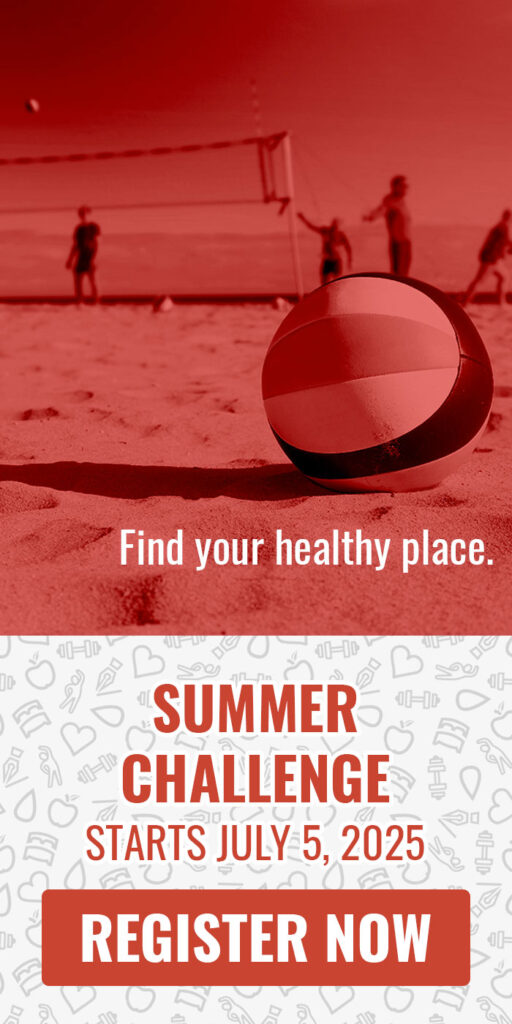 Reading Time: 5 minutes
Reading Time: 5 minutesOnce you’ve gone through the Whole Life Challenge, you know how important it is to pay attention to what you eat, how you exercise, and how you take care of yourself. This greater awareness is awesome because it means you have taken control of your future and are seeking solid ways to optimize your life.
But then you come across a health news story that blows your new world apart.
What do you do when the latest headline tells you that eating red meat, using coconut oil, or binge-watching Netflix are worse than smoking? (Or that the advice about eggs has changed once again.)
First step: don’t freak out.
These stories are more and more common as journalists realize people are paying more attention to their health. Reporters go where current popular interest is because they are selling attention. The more clicks a story gets, then the more that website can charge for advertising. It’s that simple — the more sensational the headline, the more clicks, the more money. The same is true with newspapers and television.
Your best bet is to ignore a piece of health news if it doesn’t come from a source you know can be trusted beyond reproach. (Hint: I’m not talking about the Today Show or your local newscast.) But if a story gets in your head to the point you start questioning your current approach, then here’s how you can investigate and evaluate the information on your own.
Step 1: Find and Evaluate the Source
First, find the original study. It might be linked in the story you’ve come across. If not, search for it using a respectable tool such as PubMed or Google Scholar.
Once you find the study, the first question to ask is what kind of study was it. The two main categories you will come across are reviews and original research.
- Reviews are just what they sound like. The researchers pore over previously published studies and look for consistencies and inconsistencies. They then develop their own conclusions based on what they find. Reviews are a good way to get a top-down overview of a subject. The researchers have already done the hard work of reading all the previous studies for you. If you’d rather find out for yourself, reviews can lead to a deeper dive if you are willing to read the studies cited.
- Original research is also just what it sounds like. Researchers have come up with their own hypothesis and have designed a study to test it. You can really get into the weeds when it comes to determining the quality of the study, though. These points from Northern Arizona University are a good start for judging the quality of a study.
After determining the type of research, the next questions to ask are:
- Who funded the research?
- What associations do the researchers have?
The answers to both these questions should be noted in the study. A lot of research is funded by organizations that have a vested interest in the outcome. This doesn’t automatically mean the research is tainted, but you should know that it can be hard to stay objective when the entity that’s providing you with the cash to conduct your work wants to see a specific outcome.
Step 2: Understand Correlation vs. Causation
Another question is a big one and one the media gets wrong a lot of times: does the research show a correlation, which is most common, or does it show causation, which is very rare.
The classic example of correlation is saying that eating ice cream is positively linked to a higher crime rate. It’s hard to argue with this idea when you look at the statistics. The rate of one goes up, the rate of the other goes up, as well. But if you take a step back, you see the only true link between the two is that they both increase during warmer months and decrease when the weather is cold.
Correlation, but not causation—and not really helpful in deciding how to live. Swearing off ice cream won’t have any effect on the crime rate in your city, but if you listen to a study that links the two you might think it will.
For a deeper explanation of correlation vs. causation, check out this post.
For a more humorous exemplification of the problems with correlation and causation, check out this post.

Step 3: Examine the Information Gathered
The other thing to look at is how the researchers gathered their information. A lot of times they rely on test subjects to self-report. For example, the researchers give the subjects journals and ask them to write down what they’ve eaten over the past week, month, or more.
Think about that: do you remember what you had for dinner a week from last Tuesday? Yeah, me neither.
Even if the subjects are maintaining their journals in real time, the data may not be 100% reliable. Human memory is fallible, and the accurate assessment of food servings tends to be one of the first things to go. (Remember, you only had a small bowl of ice cream last night, right? So, why is the carton empty?)
You Are Your Best Source of Health News
In the end, the best thing you can do to educate yourself on your personal nutrition needs is to use a little common sense and pay attention to how food, exercise, and other lifestyle choices affect you.
Don’t get wrapped up in the latest breaking health news. If you find yourself getting pulled into the latest controversy, maybe it’s time to do a news fast. If you have a specific question about your health and fitness practices, do your own research. Now you know how.








